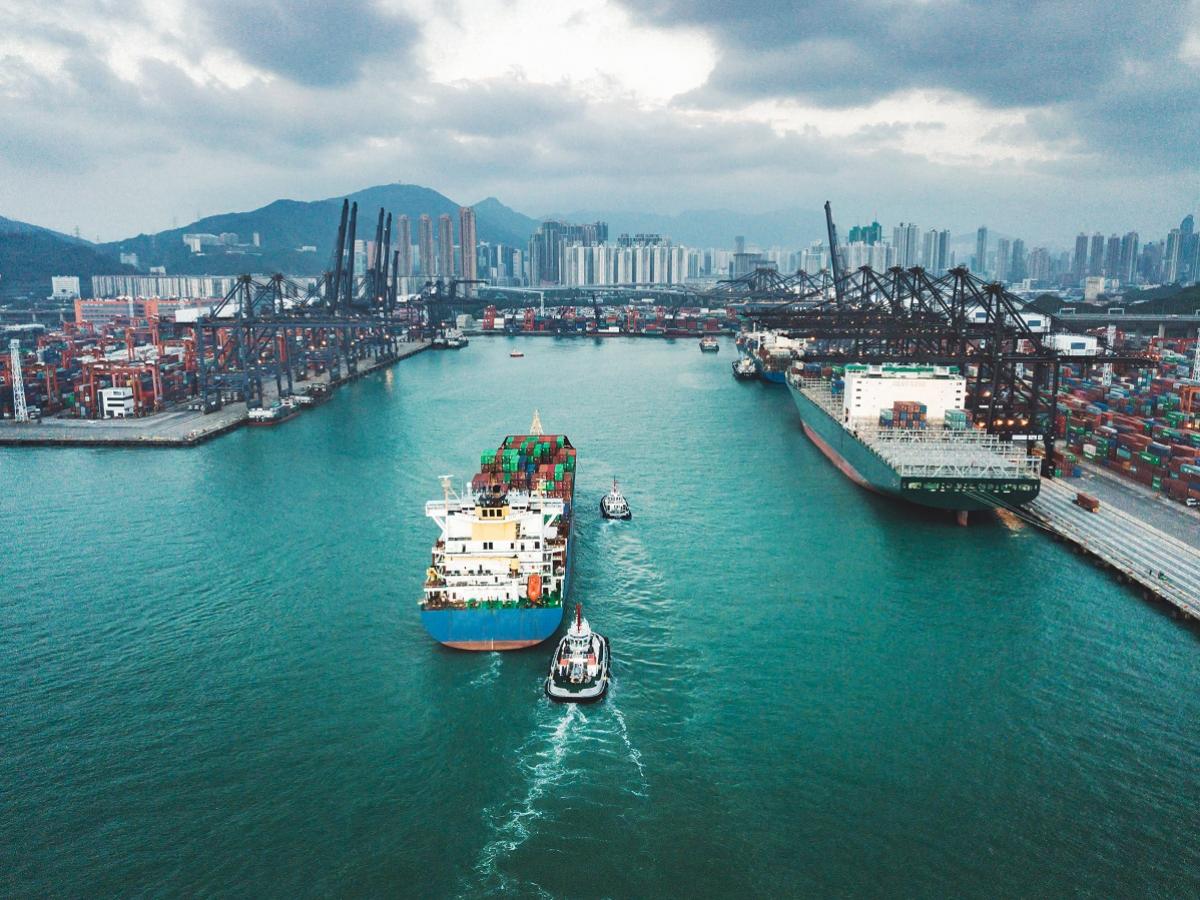
Australia-China relations have deteriorated sharply in the last three years, most visibly because of China's formal and informal bans on some important Australian commodity exports which have caused significant losses.
A new report, Standing up to Chinese economic coercion: Is Australia a model of economic resilience? published by the University of Adelaide's Institute for International Trade (IIT), analyses the costs of those bans to the end of 2022.
Commenting on the findings of the report the University of Adelaide's Professor Peter Draper, Executive Director of the Institute for International Trade said: "The costs to Australia of China's formal and informal bans has been significant: billions of dollars' worth of potential trade has been lost."
"Furthermore, future costs will be significant if relations, while improving, remain strained and difficult."
The report was written by former DFAT economist Mike Adams and former Director of the Trade Analysis Section of the Department of Foreign Affairs and Trade (DFAT) Ron Wickes.
"As the authors say, Australia must be open to a range of possibilities on China and have at least a rough idea of the desired end point for bilateral relations in the next 10-15 years," said Professor Draper
"Australia, like East Asia, must co-exist with China. To continue to extract mutual benefit from the Australia-China relationship, we must negotiate our differences with China just like every other country in our region."
"The costs to Australia of China's formal and informal bans has been significant: billions of dollars' worth of potential trade has been lost."Professor Peter Draper, Executive Director of the Institute for International Trade, University of Adelaide.
Highlights from the report include:
- Australia has escaped the worst from Chinese coercion thanks mainly to the good fortune of high international commodity prices.
- Coercion has come at a considerable cost to Australian export revenue, which continues to grow. Gross losses for the nine restricted commodities in the Chinese market - coal, copper ores and concentrates, frozen beef, wine, cotton, barley, rough wood, rock lobster, and hay - are estimated at around A$3 billion in 2020, A$25 billion in 2021 and A$31 billion in 2022.
- Net losses after re-direction to third country markets, and at 2019 prices, are estimated in the order of A$11 billion in 2022 and around A$20 billion for 2020-22, with coal making up the majority.
- Stabilising and then re-setting bilateral relations will continue to be challenging and are likely to slow growth in Australian goods exports to China.
- A rebound in trade in some commodities - wine and seafood for example - seems probable, if only as a sign of good will from China.
- Recent declines in the share of Australian goods exports to China mostly reflect movements in the price of iron ore rather than any shift in the fundamentals of the trading relationship.
- Australia-China trade in iron ore and LNG are not immune to the state of bilateral relations. There is a realistic scenario where Australian exports of iron ore and LNG to China continue at a high level because of mutual dependence, but where Australia faces the prospect of lower international prices and loses market share as China attempts to increase its economic security by widening supply options.
- Australia has significant agency in the bilateral economic relationship based on strong mutual benefits from existing trade and the high priority China places on security of supply. Beijing's leadership might see sharply reducing dependence on Australian resources to become dependent on other, possibly less reliable, suppliers as a poor bargain.
"As the authors say, an open and continuing public debate is needed to help crystalise views on the ways, means and objectives behind our policies towards China, how we negotiate our differences, how to gauge the success or otherwise of our engagement, and how to work with others in pursuing our interests," said Professor Draper.
The report is available on the University of Adelaide website.






